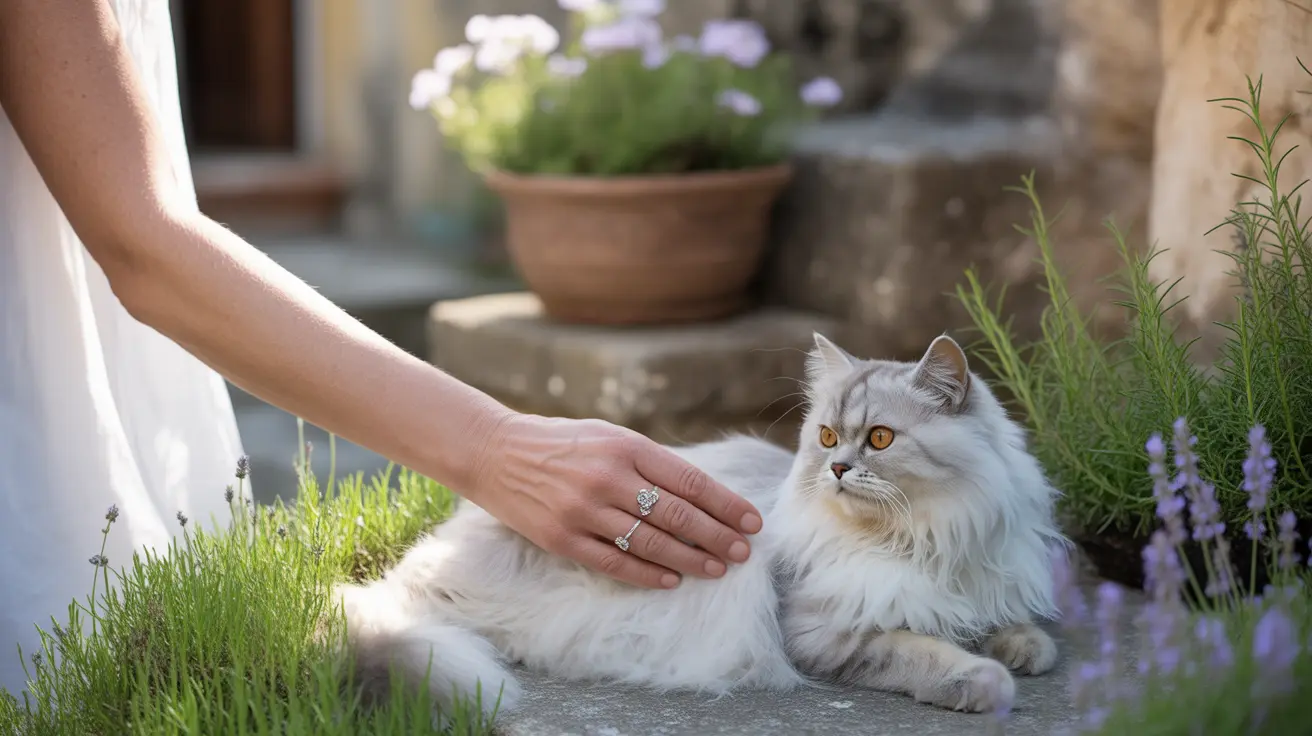Why Lilies Are Dangerous for Cats
If you share your home with a cat, you might love the idea of brightening up a room with a vase of fresh lilies. But lilies are extremely toxic to cats. Even a tiny nibble on a petal, leaf, or pollen—or drinking water from a vase containing lilies—can put your cat’s life at risk.
Understanding Lily Toxicity
Lilies from the genera Lilium (true lilies) and Hemerocallis (daylilies) are especially dangerous. All parts of these plants are poisonous: leaves, flowers, stems, pollen, and even the water they sit in. Ingesting any part can lead to sudden and severe kidney failure in cats.
- Just brushing against the plant and licking off pollen can be enough to cause poisoning.
- Symptoms can develop rapidly—sometimes within hours.
What Happens When a Cat Eats Lily?
The toxic compounds in lilies attack the kidneys. Within a few hours after ingestion, you might notice:
- Vomiting
- Lethargy or depression
- Loss of appetite
If untreated, symptoms progress quickly:
- Increased thirst and urination (signs of kidney damage)
- No urination at all (kidney failure)
This process can be fatal within three days if your cat doesn’t get immediate veterinary help.
Which Lilies Are Most Dangerous?
The most hazardous types include:
- Easter lily (Lilium longiflorum)
- Tiger lily (Lilium lancifolium)
Cats don’t need to eat much—sometimes just two or three petals or leaves—to become gravely ill. Even the pollen is potent; if it falls on your cat’s fur and they groom it off, that’s enough to cause poisoning.
What About Other Types of Lilies?
Some plants called “lily” aren’t true lilies but can still be harmful:
- Calla lily and peace lily: Cause mouth irritation but aren’t usually deadly.
The real danger comes from true lilies and daylilies. Always check the scientific name if you’re unsure about a plant’s safety.
What Should You Do If Your Cat Is Exposed?
- If you suspect your cat has eaten or licked any part of a lily—or even gotten pollen on their fur—seek emergency veterinary care immediately.
- The sooner treatment starts, the better the chance for survival.
- If possible, bring the plant (or a photo) with you so your vet knows exactly what your cat was exposed to.
Treatment for Lily Poisoning in Cats
Your veterinarian may induce vomiting if ingestion was recent. They’ll likely administer intravenous fluids for several days to help flush toxins from your cat’s system and support kidney function. Blood tests will monitor kidney health throughout treatment. Quick action is critical; delays drastically reduce survival odds.
How Can You Keep Your Cat Safe?
- Avoid bringing true lilies or daylilies into homes where cats live—even bouquets from florists may contain dangerous varieties.
- If you receive flowers as gifts, inspect them carefully and remove any lilies before placing them in your home.
- If you garden outdoors, don’t plant true lilies where cats roam unsupervised.





